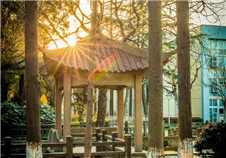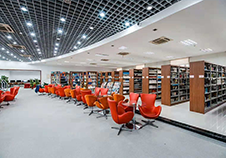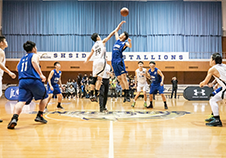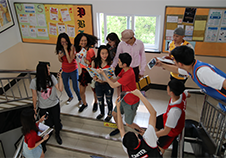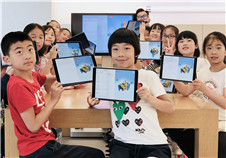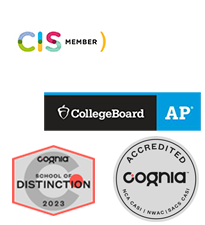
News
Middle School Physics Department: Applied Project—Catapult
To demonstrate students’ ability to apply their theoretical knowledge, H-level students from Grade 8 carried out a practical project, making a catapult, to promote students’ theoretical knowledge and practical ability at the same time.
The project lasted about three weeks and could be divided into three main stages, the Theoretical Learning stage, the Design Test and Improvement stage, and the final stage.
Theoretical learning stage
First, students studied the working principles behind the sling and its everyday applications, courtesy of the videos and materials prepared by the teacher on the LC. They then analyzed the relationship between the angle, weight, friction factor, gravity factor of the sling, and the theoretical range.
The study material available on the LC platform started with the American Pumpkin Competition, then the structural composition of the sling was introduced, and then to the theory part. The project not only increased the connection between theoretical knowledge and life application, but it also encouraged learner autonomy by allowing students to access information outside the classroom, thus enhancing independent learning.
Theoretical physics was also introduced in conjunction with quadratic functions, which year 8 maths students are currently covering. By closely combining mathematics and physics, we were able to enhance students’ interdisciplinary critical-thinking ability. Students also demonstrated their understanding of relevant course content by summarizing the knowledge attained in videos posted to the online LC platform.
Design Test and Improvement Stage:
Having covered the theory, students began to design their own slings and catapults, continuously testing, analyzing, and updating their designs. The students shared their project findings and results via video, introducing their designs, improvements, and modifications. Other relevant data was also shared, including debugging attempts, catapult specifications such as maximum cast range. All of which were uploaded to the online LC platform for the preliminaries.
Design and production process
During the production process, wood and plastic tubing was primarily used to form the base structure of each catapult. Teams then diverged when selecting a power source, with some opting for levers, while others preferred springs and rubber bands. Students worked hard to create unique catapult designs, with each one demonstrating a deep understanding of lever principles, further solidifying their theoretical knowledge.
Testing, data collecting and updating
Through continuous experimentation and data collection, students were able to explore the factors that affect the catapult range and make appropriate improvements to their designs.
The final stage
The eight finalists had a phenomenal final competition on the football field. Pictured below are the eight teams that qualified for the finals.
1st Place was awarded to 8-5 Claudia, 8-9 Corrine, 8-6 Chloe Zhu, 8-7 Chloe Lin, whose catapult range reached a stunning 30.9m.
2nd Place was awarded to 8-9 Steve, 8-6 Jason, 8-4 Jerry, 8-4 Johnnie, whose range reached an impressive 16.48m.
The 3rd Place was awarded to 8-11 Joy T, 8-11 Katherine, 8-11 Cheryl group, whose catapult range reached a respectable 16.0m.
And the Most Popular Award is awarded to group 8-8 Colin, 8-8 Jamie, 8-12 Jeffrey.
Through a combination of theoretical mechanical knowledge of lever principles, some intense empirical research, and experimentation, the students were able to intimately surmised the factors that influence a catapult range. During each stage of testing, analysis, and improvement, students were able to expand their awareness of technological exploration, hands-on operation, and data analysis. Meanwhile, after continuous practice, many students sighed, “I love this project! It makes me feel the power of knowledge”. By encouraging students to engage in a process of continuous experimentation, we hope that students not only gain knowledge but also foster a lifelong interest in learning and a love of all things science-related.
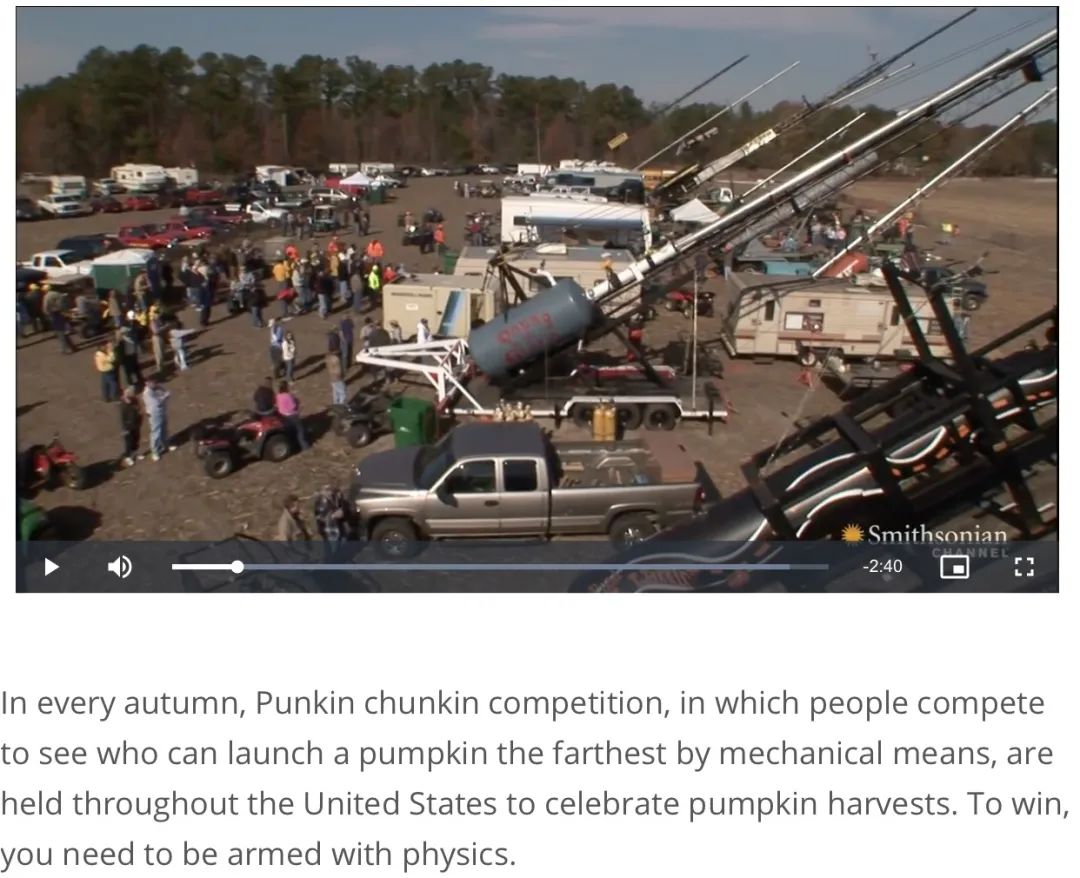
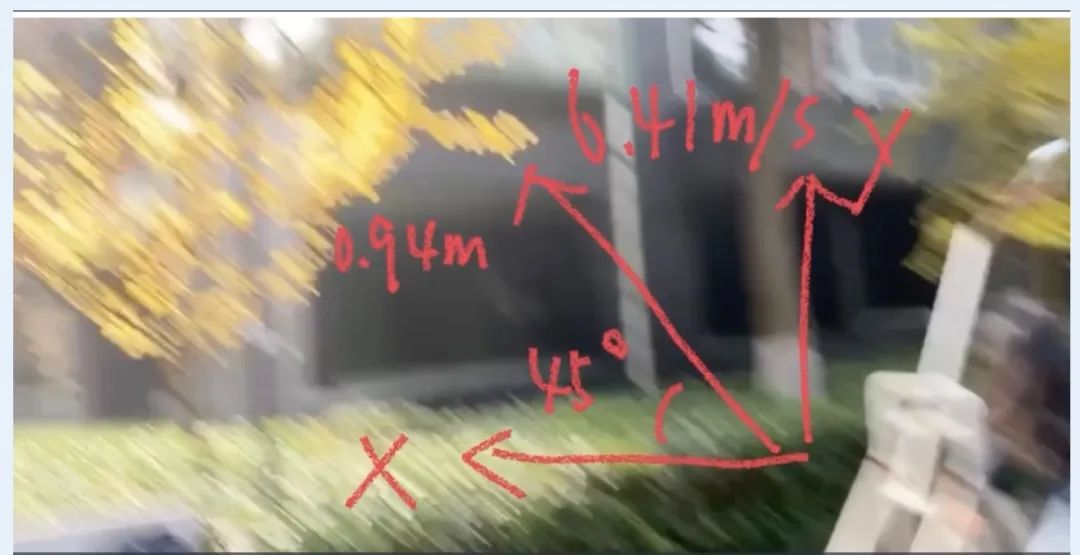
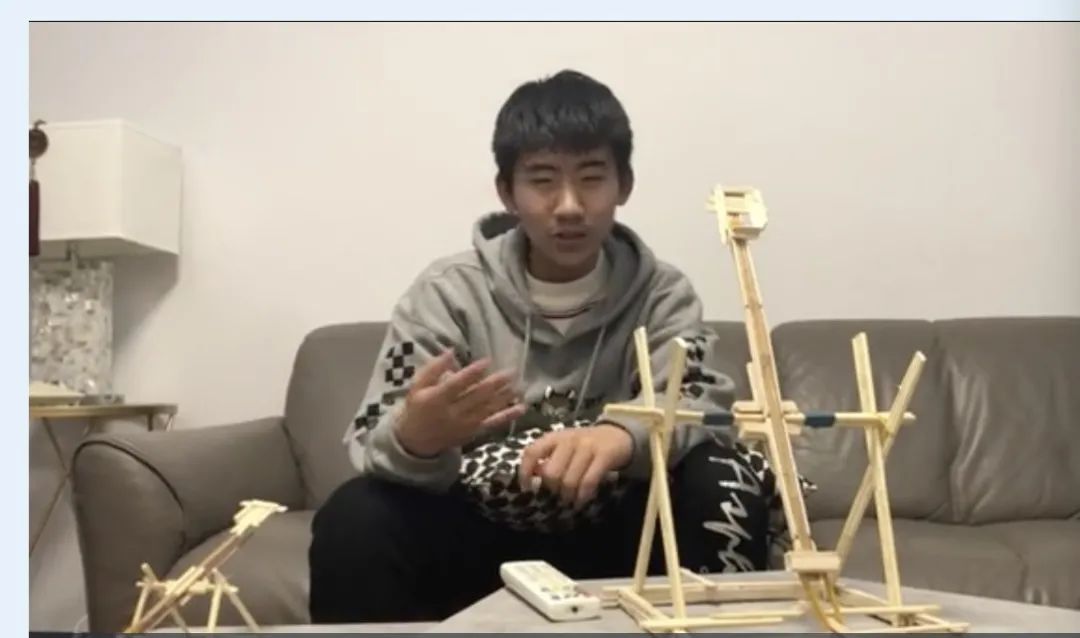

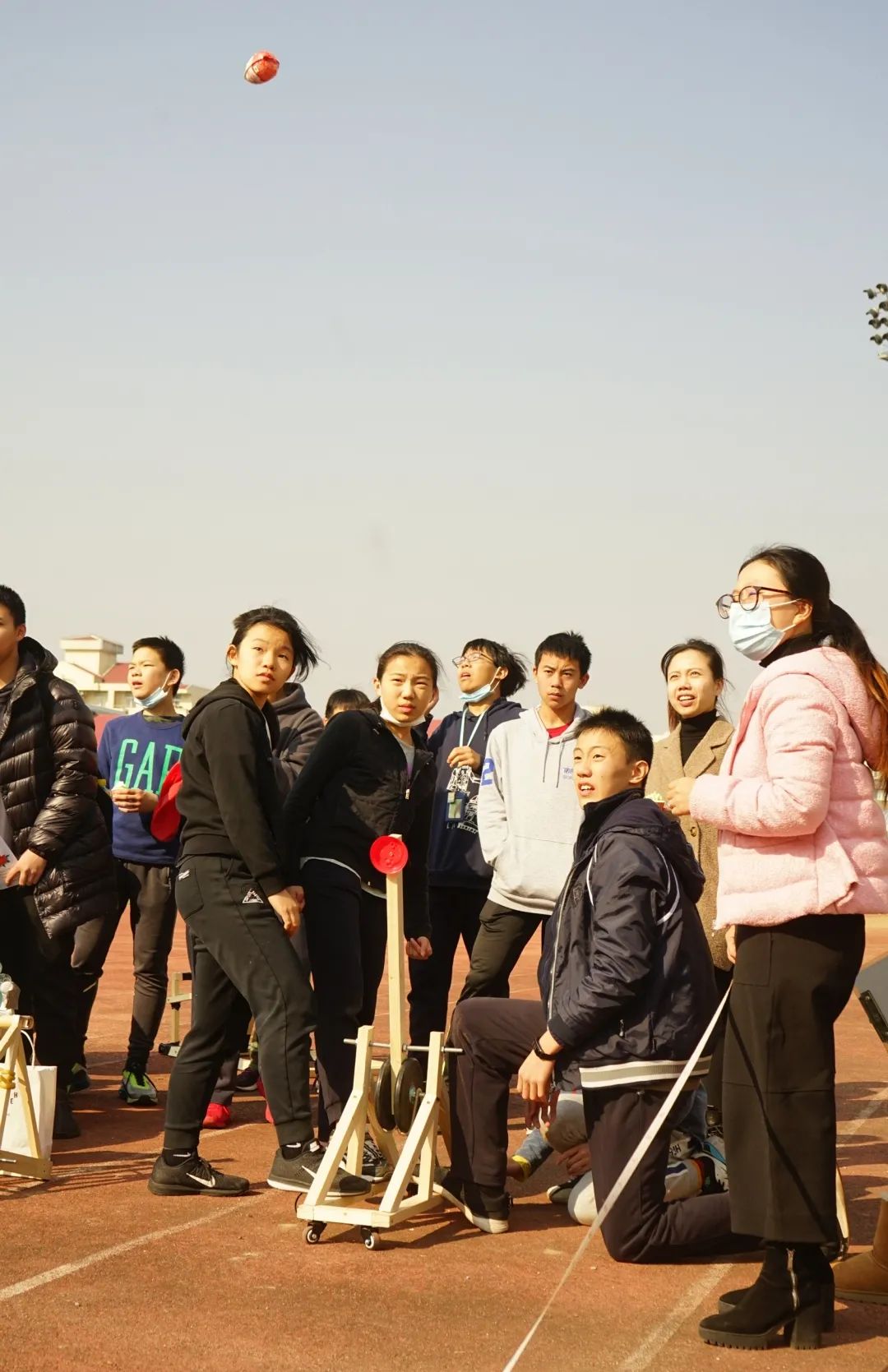
(Written by Qiu Linqiong Pictures by Middle School Physics Department)

